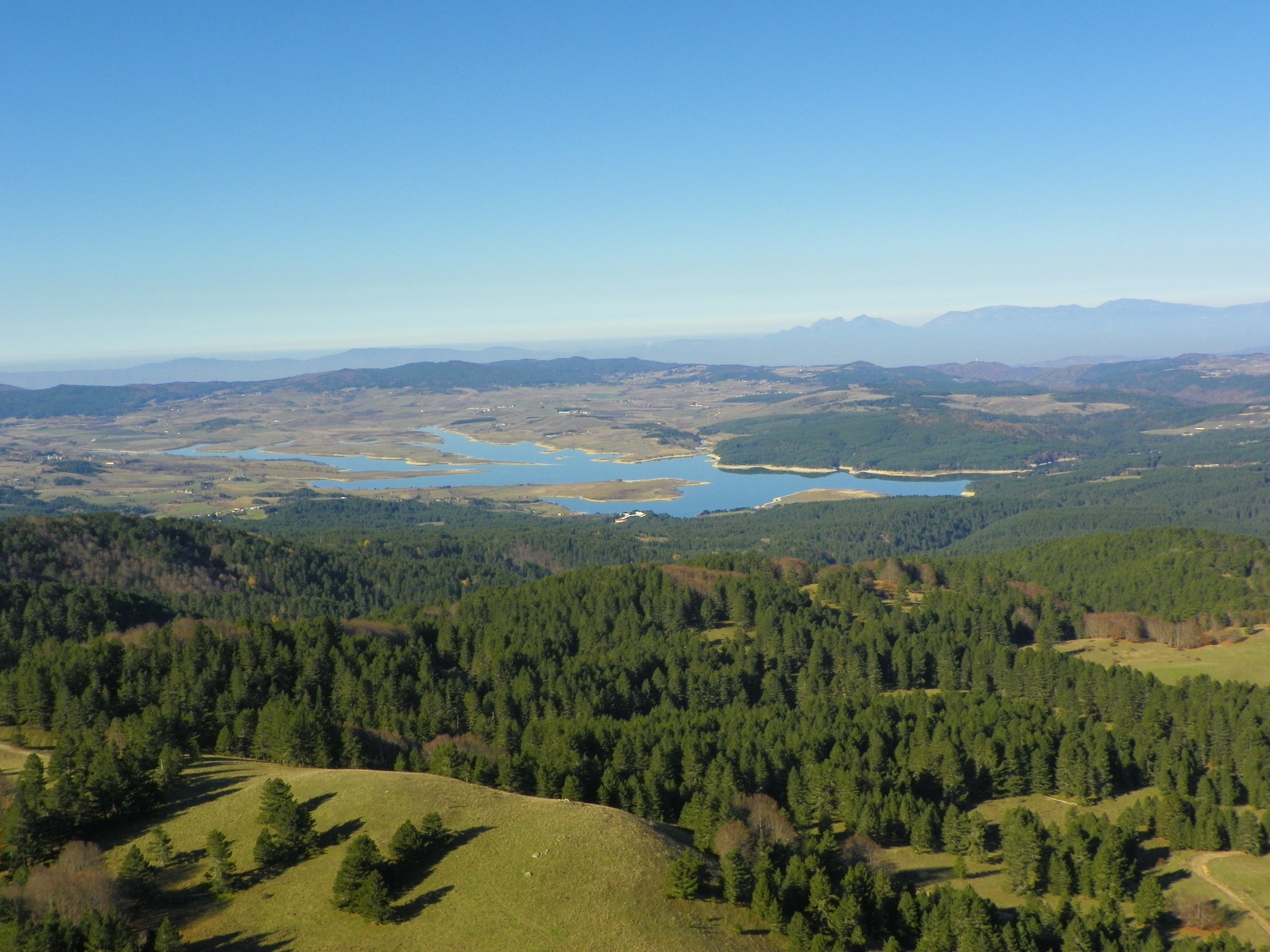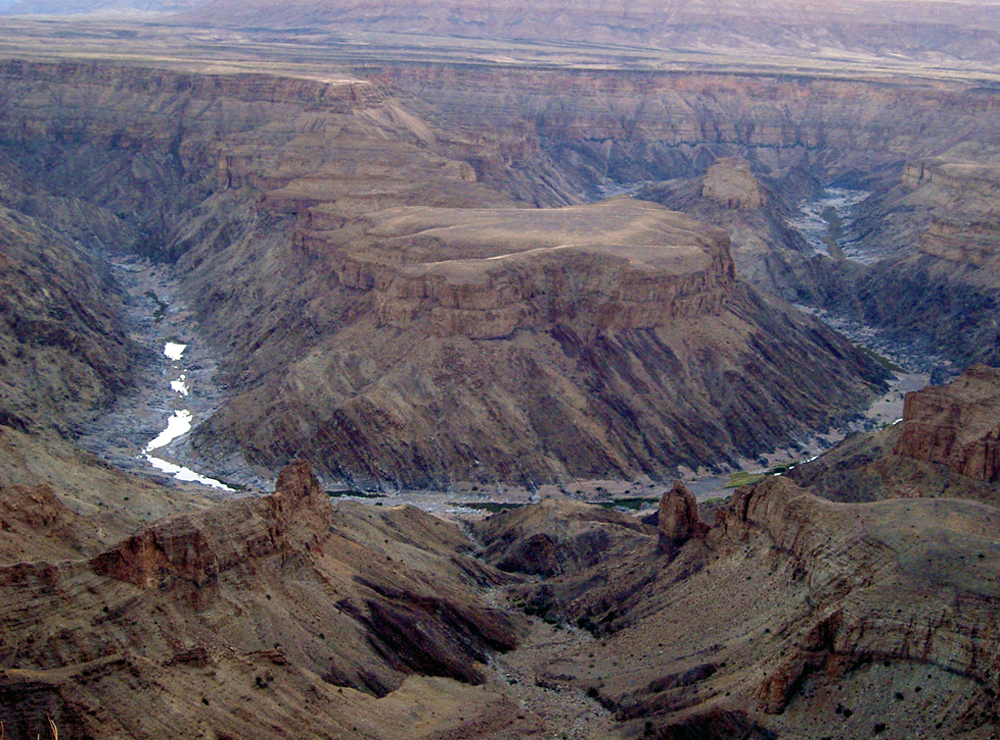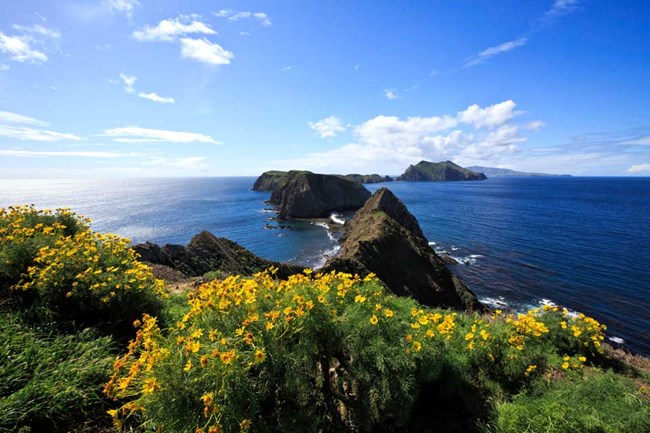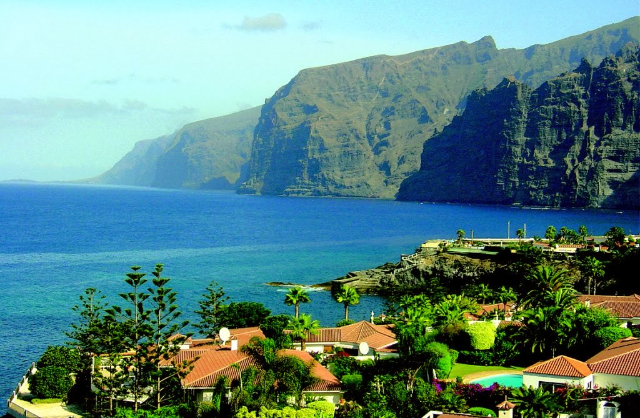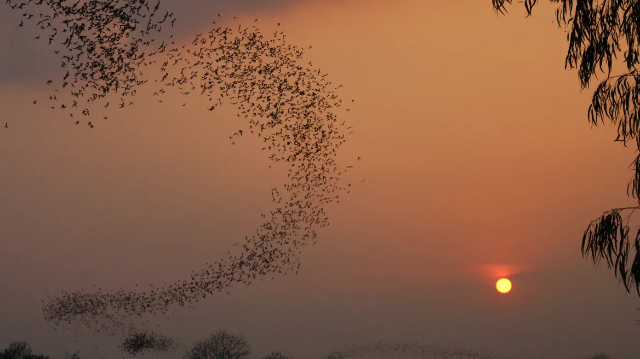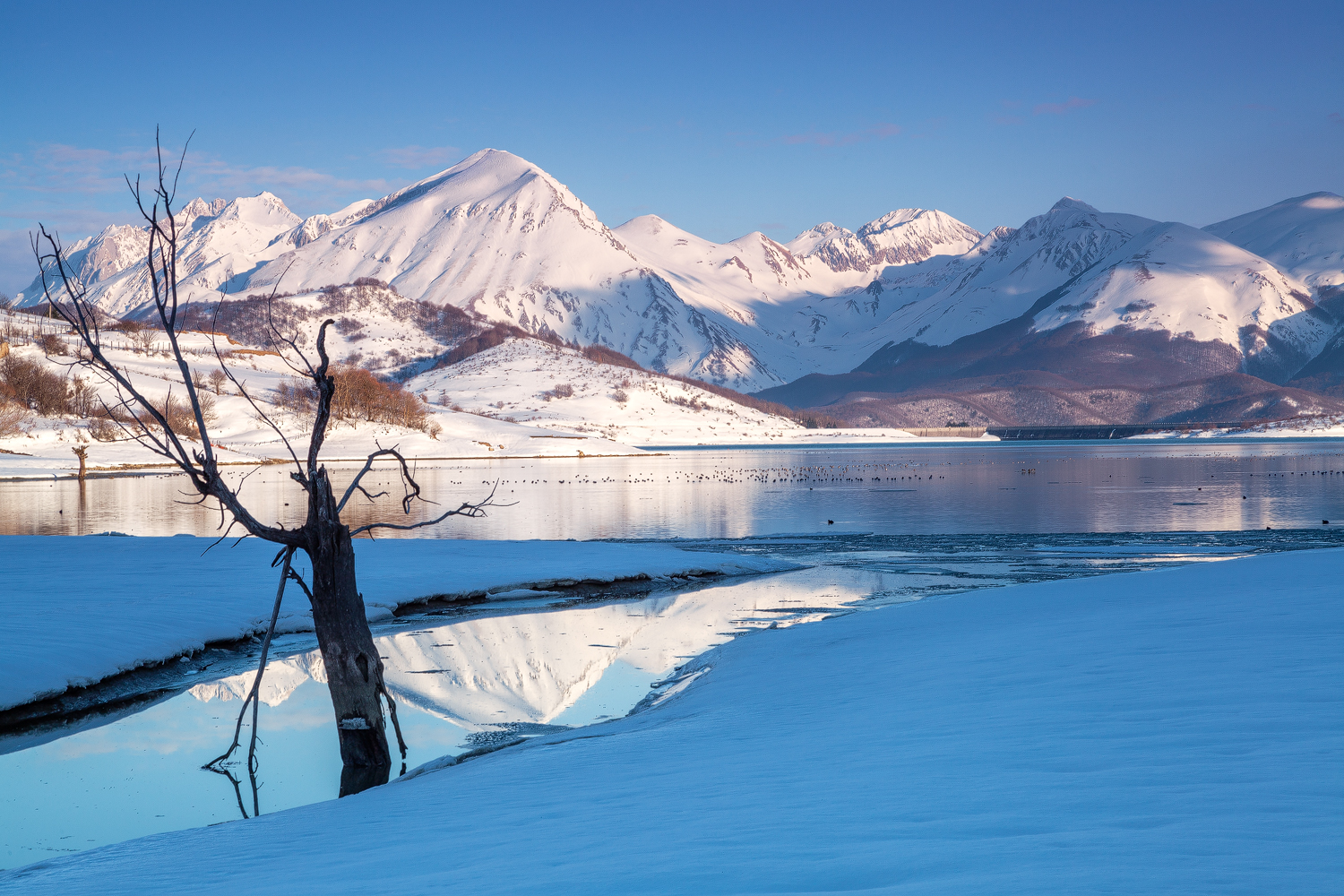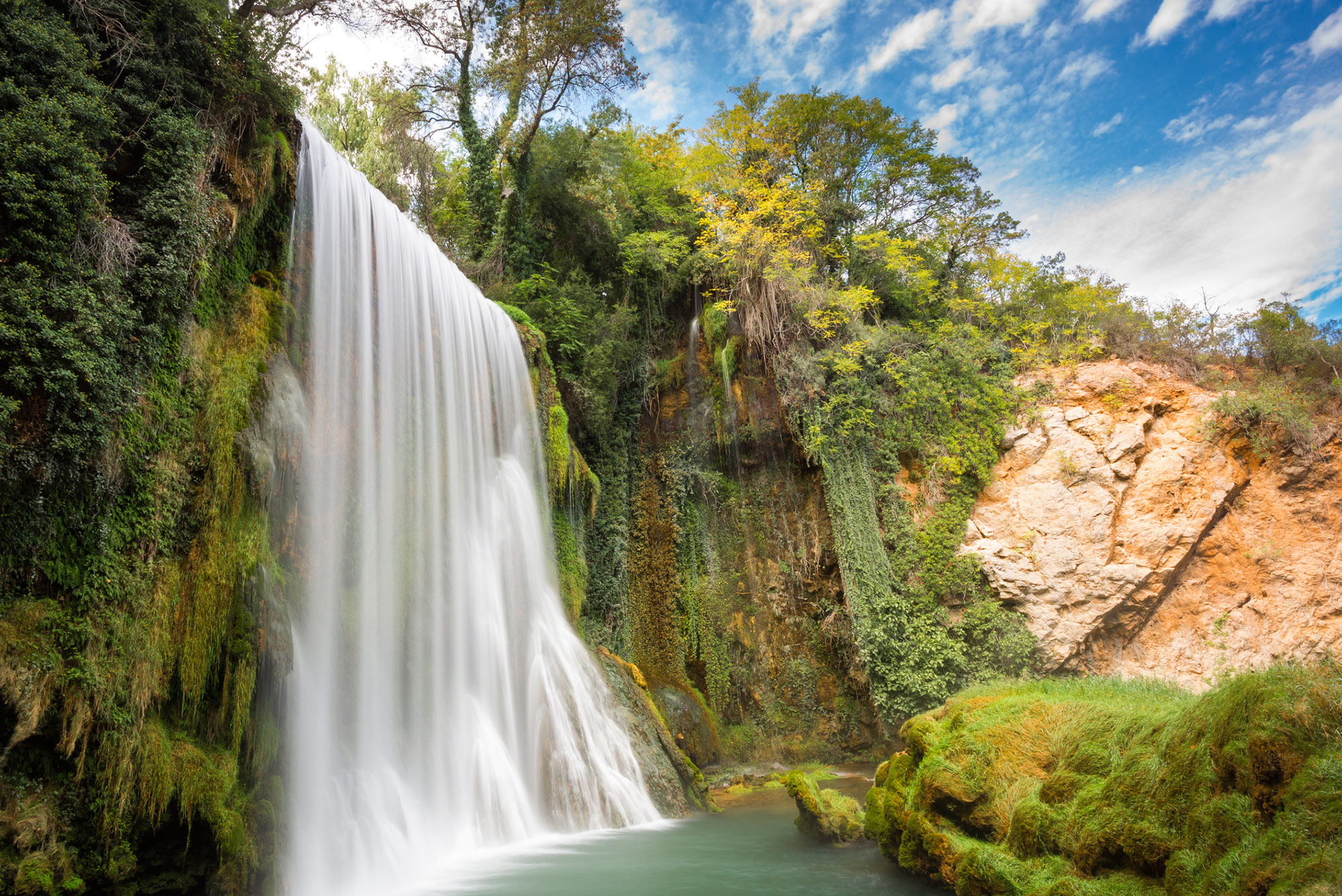he Lake Cecita, located 1150 meters above sea level, is one of the artificial reservoirs in the Silan territory. It was created in 1951 by damming the Mucone River and building an arch-gravity dam 166 meters long and 55 meters high.
This lake is used for the production of electricity and irrigation of the numerous fields used for the cultivation of vegetables (especially the silane potato. HISTORY: Very ancient evidence on the shores of Lake Cecita dates back to Neanderthal man. Between the end of the Neolithic and the beginning of the Copper Age (3800-3300 B.C.), all of Sila was occupied by settlements of farmers and fishermen who exploited the ancient lake basins (Arvo and Cecita) for a
characteristic method of net fishing. Further evidence dates back to the ancient Bronze Age (Ampollino and Cecita). The most important settlement of the Greek age, in Sila, is the sanctuary discovered-a short distance from Camigliatello Silano-in Lake Cecita (6th-3rd century B.C.) by the Superintendence for Archaeological Heritage of Calabria (excavations directed by archaeologist Domenico Marino in collaboration with researcher Armando Taliano Grasso, professor of Ancient Topography at the University of Calabria). Excavations by the Superintendence for the Archaeological Heritage of Calabria (directed by archaeologist Domenico Marino), in collaboration with the University of Calabria, teaching Ancient Topography (researcher archaeologist Armando Taliano Grasso), have uncovered an important settlement from the Roman period dedicated to the extraction and processing of pitch, active between the third century B.C. and the third century A.D.
